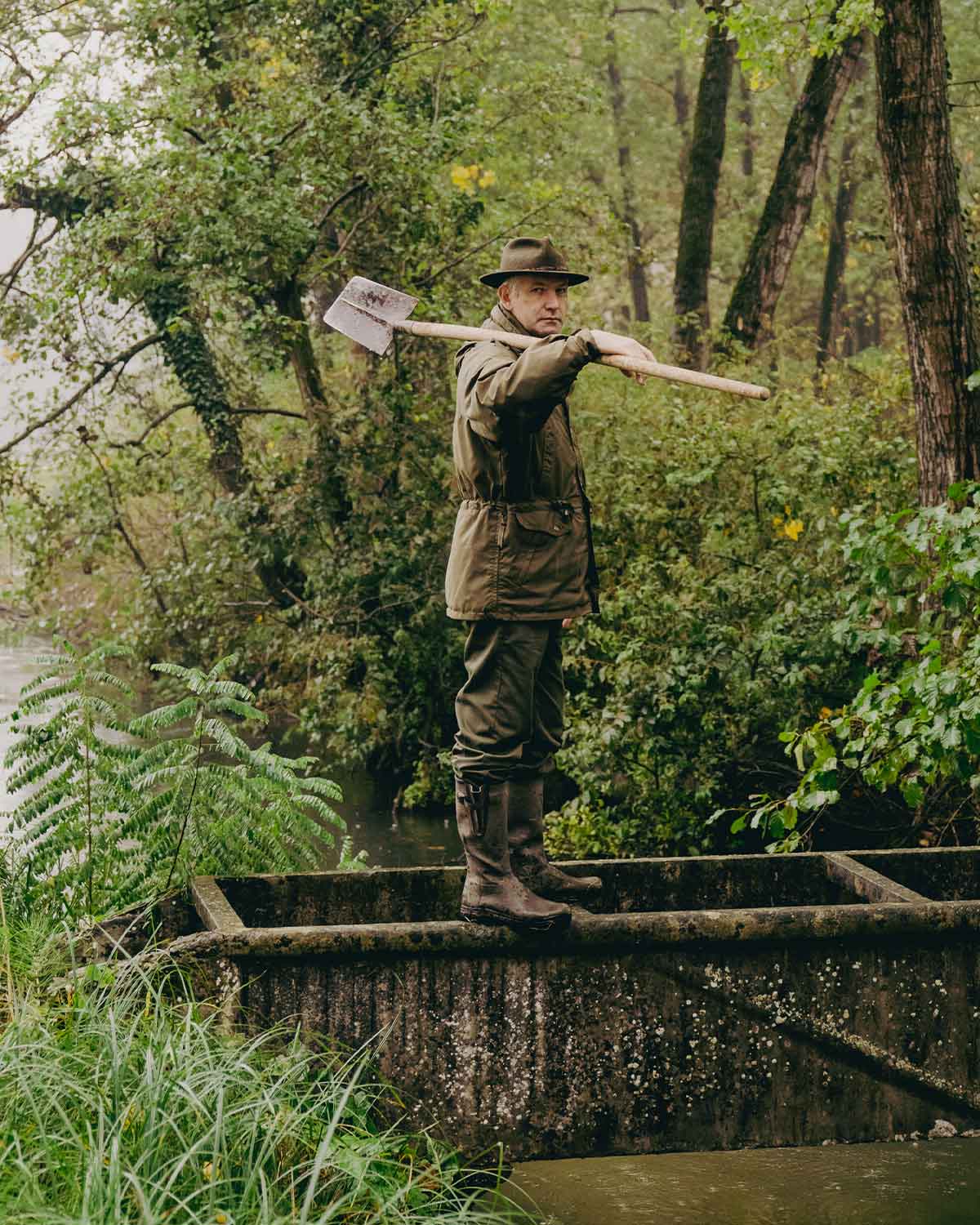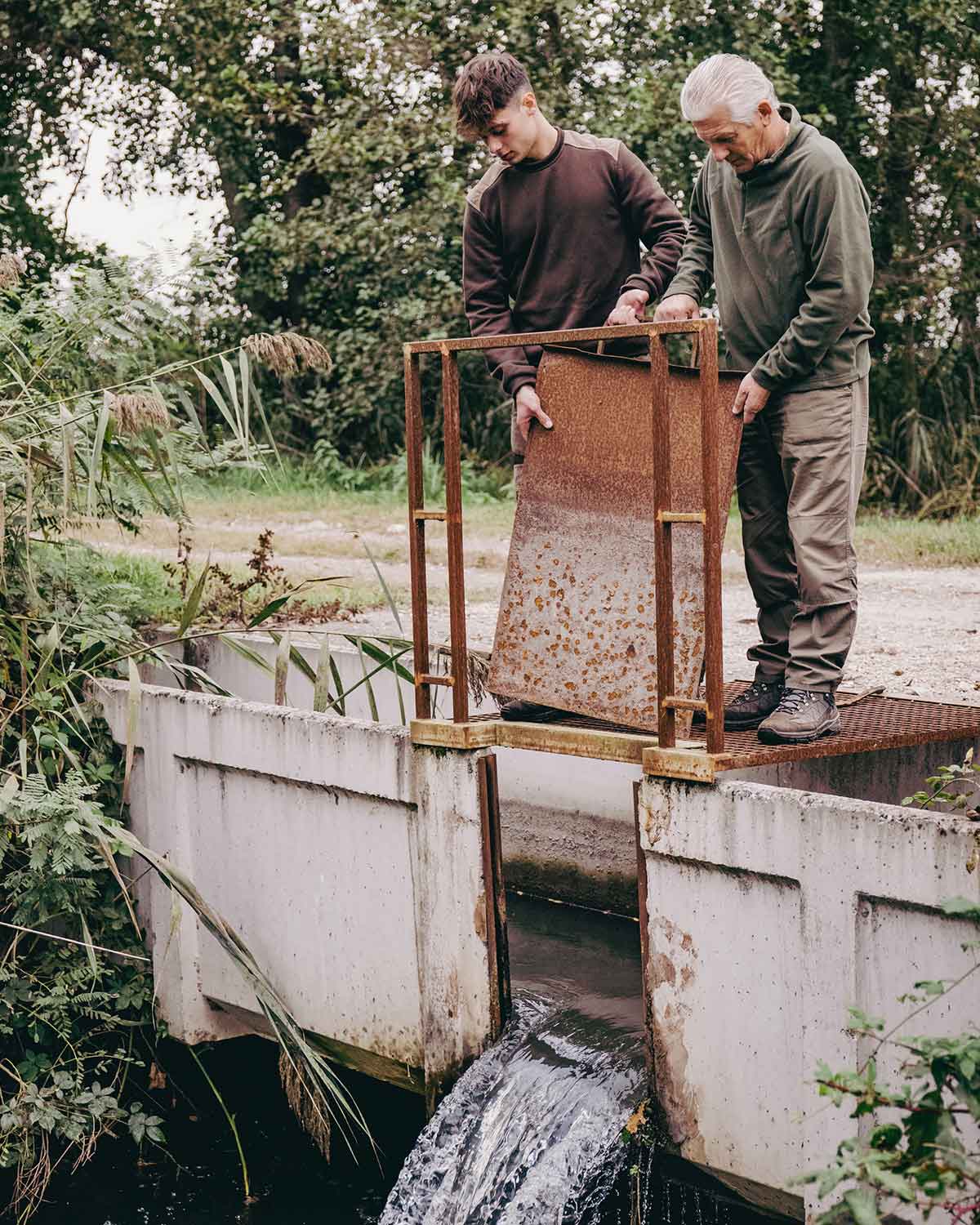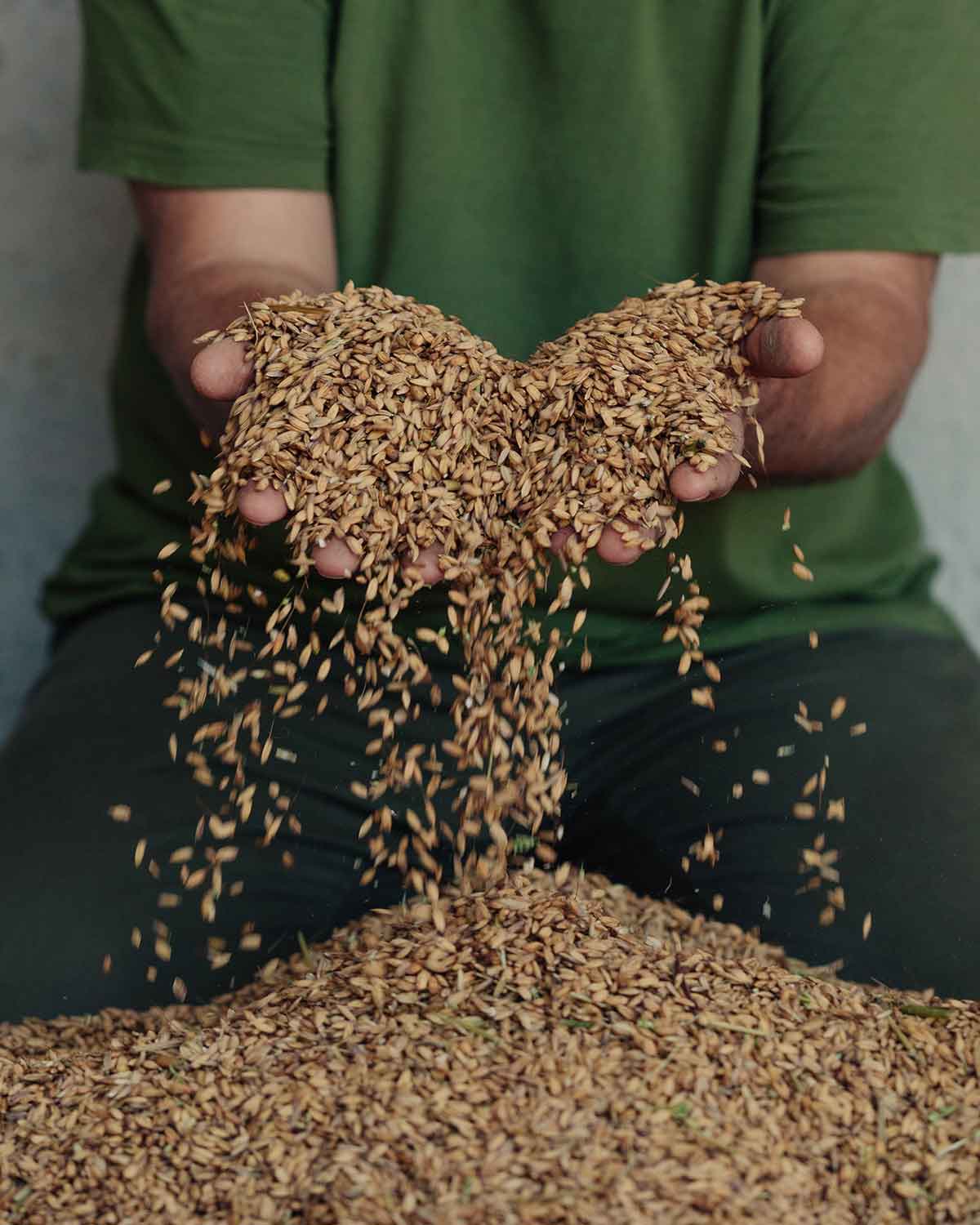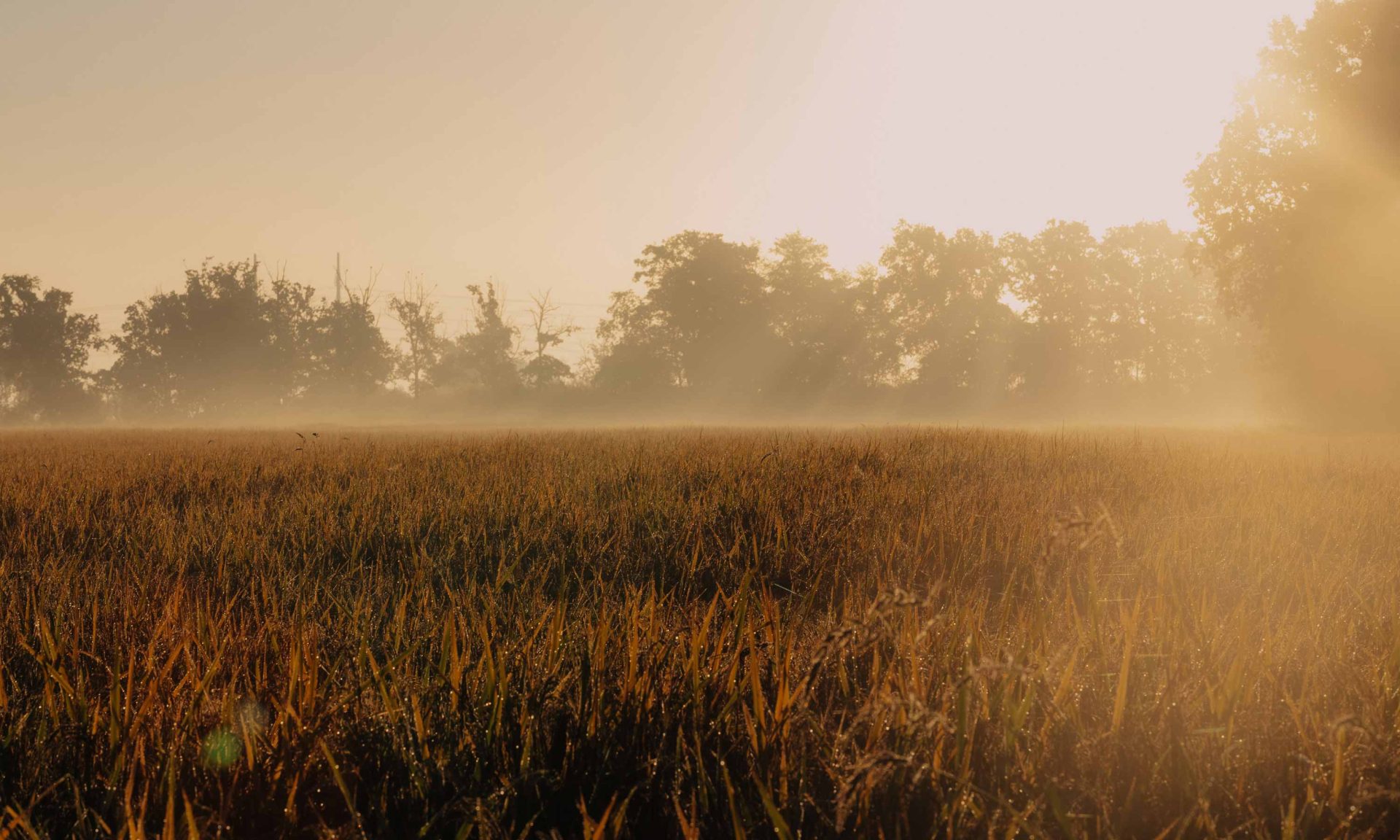


The Supply Chain
All stages of cultivation and processing at Riserva San Massimo are carried out with respect for biodiversity and the environment. The rice is cultivated with the utmost attention to the delicate balance of nature, using innovative and natural techniques of organic and integrated agriculture. Each individual grain is stone-hulled and analyzed by an optical reader for careful selection, then packaged in nitrogen to ensure a superior quality product.
Cultivation
Cultivation takes place exclusively within Riserva San Massimo, in a bend of the Ticino River. The fertile soil, rich in peaty substrate, requires minimal fertilization thanks to the natural presence of plant residues and microorganisms. Integrated agricultural practices, such as maintaining the grass on the levees and rotating the crops, help sustain local biodiversity and ensure the quality of the products.
The following are the agricultural practices in the rice paddies:
Processing
Riserva San Massimo rice stands out not only for the unique habitat in which it is grown but also for the meticulous processing stages that follow the harvest. Dino Massignani ensures the quality of each grain through a blend of artisanal practices and innovation. The paddy rice is harvested at full ripeness, gradually and carefully, then dried at low temperatures using methane gas to ensure the integrity and preservation of the grains. The husking process is meticulously carried out using fine-grained stone with an Amburgo rice husker to preserve the integrity of the grain. The rice then undergoes multiple selection processes before being packaged in nitrogen to ensure optimal freshness.
Each stage of the production process is carefully monitored and continuously optimized. Let’s take a closer look at the details:
Our products
The Riserva San Massimo farm produces a range of premium-quality rice varieties, grown in the heart of the Ticino Valley. Discover them all.
Discover our products










